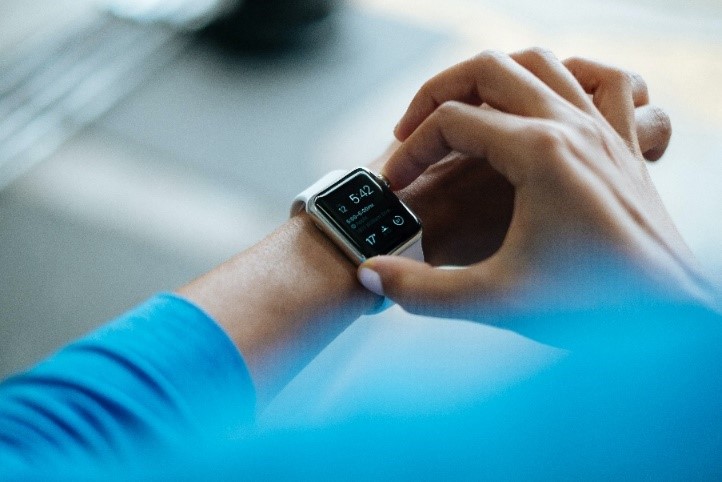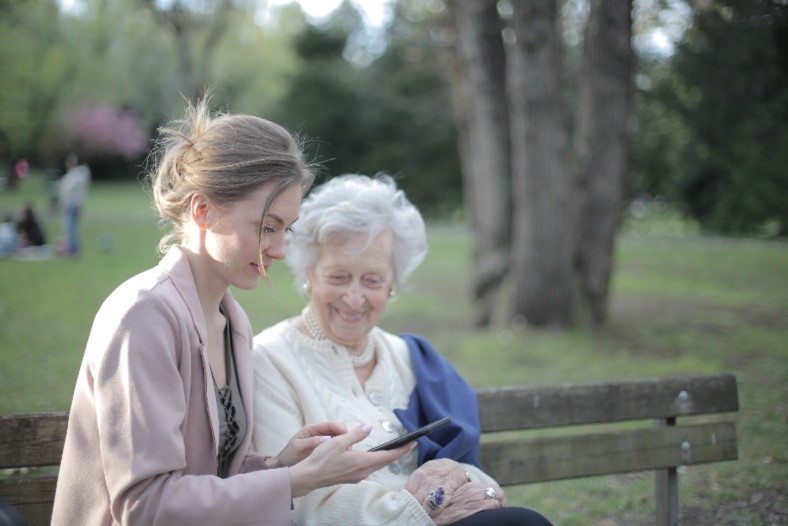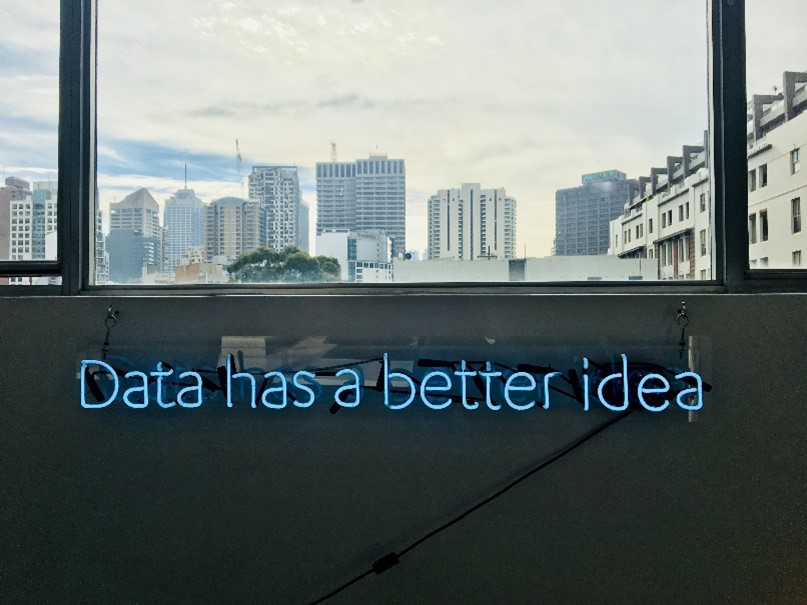Getting smart with our healthcare: is wearable tech the solution?
Our current approach to healthcare isn’t sustainable. The experience of being diagnosed and treated for a condition can be stressful and emotional. And anything that prolongs the process only makes the situation worse. If we really want to put people’s wellbeing at the centre of care, we need to do better.
But what does better look like? Perhaps a future where diseases are intercepted and prevented before the onset of symptoms, and where people are educated and empowered to play a key role in their own healthcare. A future where we stop prioritizing sick-care, and instead focus on promoting and improving people’s overall health and wellbeing. This could be described as a ‘well-care’ approach. It can’t be achieved through traditional medicine and doctor’s appointments alone. It will also depend on an innovative, multi-faceted approach to healthcare, which will include the widespread adoption of digital health tech.
‘Tech’, in this case, can mean everyday devices, from wearables and smart phones, for example, to keyboards that detect early signs of Alzheimer’s and other diseases and AI algorithms on image processing to raise suspicion for Pulmonary Arterial Hypertension.

In the driving seat
Digital-based solutions can help track and monitor certain health markers, or ‘biomarkers’, which can be used to detect disease risk factors or the early onset of certain symptoms.
A brilliant example of this – and an indication of the everyday innovation that’s to come – is J&J’s 2020 collaboration with Apple in the US. Apple Watches have an electrocardiogram notification feature, which can spot irregular heart rhythms. Early detection of signs of potential atrial fibrillation is obviously crucial in the diagnosis of heart conditions that could otherwise be very serious down the line.
So why are we not yet investing in a system-wide rollout? The answer might lie in existing consumer tech studies, which – although sometimes limited in approach – often show a drop-off in long-term user engagement and commitment.
Our challenge is to ensure that any technologies we look to integrate have a meaningful impact for the people using them. It seems clear that success lies less in the innovation itself, and more in terms of how users are engaged, educated and involved.

Tackling a network of concern
As well as benefiting people individually, technology is important on a macro scale, too. Sharing and analyzing of health data, especially real-world data, has a huge potential: from informing future trials, to demonstrating how a therapy works outside of the clinic and so allowing modification and optimization of that care pathway.
Robust privacy and data protection protocols are, of course, essential. People must be comfortable with sharing their data and confident that it will remain secure and, where appropriate, anonymized.
So, we need to explain the benefits of digital healthcare tools, and be transparent about how a new system of personal health data distribution might work. As my colleague Andreas Gerber, Managing Director of Janssen Germany, says, “we must take potential reservations of people very seriously, campaigning for the acceptance of them being sovereign guardians and decision makers over their own data.”
In short, we need to change the negative perception surrounding the exchange of personal health data.

When thinking about the move from sick-care to well-care, we face a number of barriers. There are supply chain challenges, often a lack of resources, and the complexity of changing our mindset and behaviour.
Embedding new technologies is not the only solution, but I believe it’s central to our chances of success. We must demonstrate the benefits of wearables and other personal tech. We must encourage uptake, adherence and long-term access to personalised digital tools. And we must work with everyone as they use these tools, to refine the processes and show just how much difference they can make.


